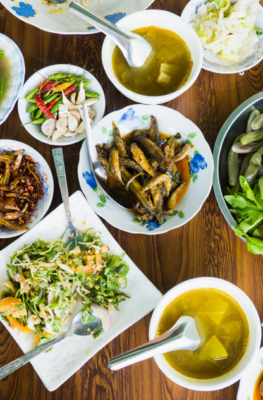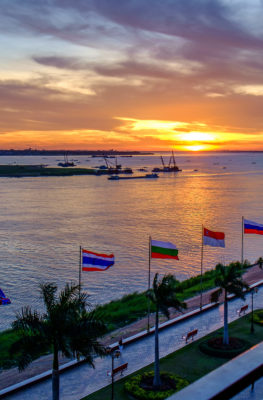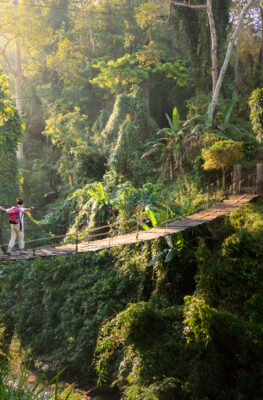Published on November 29, 2017

Naga tribespeople in Sagaing Region. Image courtesy of Myanmar Ministry of Hotels & Tourism
On the 14th of January annually, the Naga tribespeople of Sagaing Region in Myanmar's far north begin a grandiose two-night New Year feast that brings far-flung communities together.
The Naga have lived in isolation for centuries, sheltered from the world at large by Sagaing's mountainous terrain. The two-day Naga New Year Festival serves as a unifying force: the Naga communities, Khamti, Lashe, Lahe, and Nanyun, take turns hosting the celebration. Naga tribespeople from the ethnicity's 64 clans may travel across long distances to join the fun.
After a prayer led by the Naga chief on the midnight of the new year, the attending Naga prepare livestock for the coming feast, which is accompanied by an abundance of rice wine! Around a ceremonial bonfire, the Naga dance, sing, and show off their finery, decorated with silver bangles, hornbill plumes, boar teeth, goat's tails, and buffalo horns.
You Might Also Like…
For other traditional New Year celebrations, visit the Kachin Manaw Festival, also in Myanmar; Singapore's Deepavali festivities; the Buddhist New Year festivities in Cambodia, Myanmar, Laos and Thailand; and the Chinese New Year festivities in Indonesia (Cap Go Meh) and Singapore. For other festivals in the month of January, check out Cambodia's Paddy Art Festival and the Philippines' Sinulog Festival.






